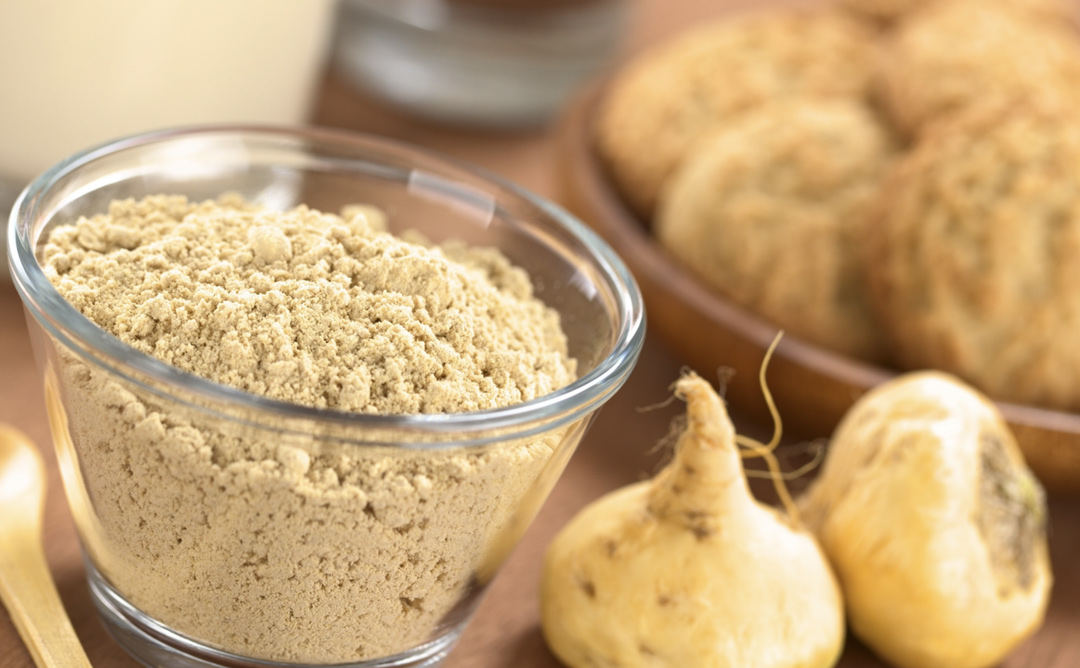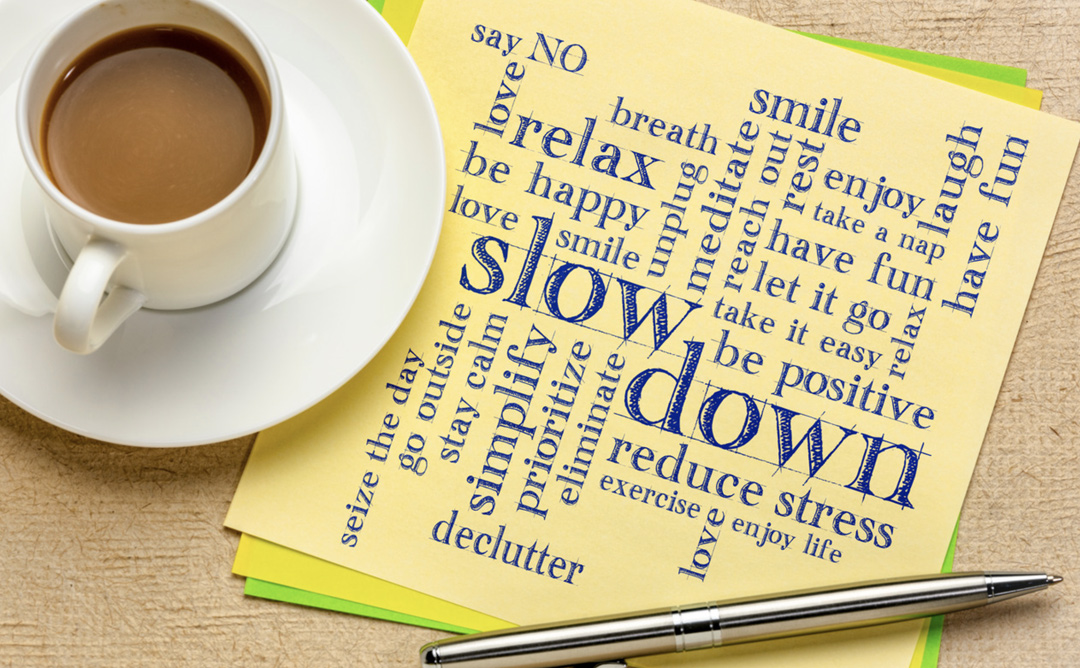
Maca Root vs. Medication: A Natural Approach to Healing

Maca Root vs. Medication: A Natural Approach to Healing
As someone who had to undergo a partial hysterectomy and who was already taking multiple pills a day for various health issues, discovering that I was entering pre-menopause in my late 30s was incredibly frustrating. I mean, really? What else could go wrong? I tried multiple hormone therapies, including estrogen lotions, testosterone injections, and even more pills.
Finding maca root on my journey to better health has been a true blessing. This adaptogen is something I cannot live without. I take it daily for its numerous benefits, which I will be listing here. Let’s delve right into comparing the all natural maca root to pharmacueticals.
In the realm of natural healing, maca root has emerged as a powerful ally, offering a range of health benefits that rival traditional medications. Let’s delve into the wonders of maca root and explore how this ancient superfood compares to conventional medications.
What is Maca Root?
Maca root, scientifically known as *Lepidium meyenii*, is a plant native to the high Andes of Peru. Often referred to as Peruvian ginseng, maca has been used for thousands of years to enhance energy, stamina, and fertility. It is available in various forms, including powder, capsules, and liquid extracts, making it easy to incorporate into your daily routine.
Benefits of Maca Root
1. Hormonal Balance:
– Maca Root: Known for its adaptogenic properties, maca helps balance hormones, making it beneficial for menopausal symptoms, menstrual irregularities, and improving fertility.
– Medications: Hormone replacement therapy (HRT) and other hormone-regulating medications often come with side effects such as weight gain, mood swings, and an increased risk of certain cancers.
2. Energy and Stamina:
– Maca Root: Regular consumption of maca root can boost energy levels, enhance athletic performance, and improve endurance without the jittery effects of caffeine.
– Medications: Energy-boosting medications or supplements may lead to dependency, anxiety, and insomnia.
3. Mood and Mental Health:
– Maca Root: Maca has shown promise in reducing anxiety and depression, likely due to its ability to stabilize hormonal levels and improve overall brain function.
– Medications: Antidepressants and anti-anxiety drugs, while effective, can cause side effects such as nausea, weight gain, and sexual dysfunction.
4. Libido and Sexual Health:
– Maca Root: Traditionally used as an aphrodisiac, maca can enhance libido and sexual function in both men and women, thanks to its hormone-balancing effects.
– Medications: Erectile dysfunction drugs and other sexual health medications may have side effects including headaches, dizziness, and heart problems.
Why Choose Maca Root?
– Natural and Safe: Maca is a natural food source with a long history of safe use, especially when consumed in moderate amounts.
– Nutrient-Rich: Packed with vitamins, minerals, amino acids, and antioxidants, maca supports overall health and well-being.
– Few Side Effects: Unlike many medications, maca root has minimal side effects. Some people might experience mild digestive issues, which can usually be mitigated by starting with a small dose and gradually increasing it.
– Holistic Approach: Maca addresses multiple aspects of health simultaneously, offering a holistic approach to wellness.
How to Incorporate Maca Root into Your Diet
Maca root is versatile and can be easily added to your daily diet. Here are some suggestions:
– Smoothies: Add a teaspoon of maca powder to your morning smoothie for an energy boost.
– Baking: Incorporate maca into baked goods like muffins and energy bars.
– Beverages: Stir maca powder into your coffee, tea, or hot chocolate.
– Supplements: Opt for maca capsules or extracts if you prefer a more concentrated dose.
What to Look for in Choosing Maca Root
1. Choose Organic: Opt for organic maca to ensure it’s free from pesticides and chemicals.
2. Look for Gelatinized Maca: Easier to digest and better absorbed by the body.
3. Check the Color: Different colors (yellow, red, black) offer various benefits. Choose the one that best suits your needs.
- Yellow: Boosts energy, improves mood, and supports overall hormonal balance. Perfect for daily use to enhance vitality and well-being.
- Red: Supports prostate health, reduces stress, and promotes strong bones. Perfect for men’s health and stress relief.
- Black: Enhances memory, boosts libido, and improves stamina. Perfect for cognitive function and sexual health.
4. Read Labels: Ensure it’s pure maca root without additives or fillers.
5. Know the Source: Maca from Peru is considered the best due to its high-altitude growth environment.
6. Choose Reputable Brands: Go for trusted brands with good reviews and third-party testing.
While traditional medications play a crucial role in treating various health conditions, natural remedies like maca root offer a compelling alternative for those seeking a more holistic approach. By supporting hormonal balance, boosting energy, and enhancing mood and sexual health, maca root provides a range of benefits with fewer side effects. As always, it’s essential to consult with a healthcare professional before making significant changes to your health regimen, especially if you are currently taking medications.
My favorite is yellow maca. I find that it suites my needs in every area of hormonal balance. Here’s my favorite: Terrasoul Superfoods Organic Gelatinized Maca Powder Embrace the power of natural healing with maca root and experience the benefits of this incredible superfood! As always, please let me now if you try maca root and tell me about what it’s done to help you! I’ll look forward to hearing your testimony!
Join Our Facebook Group
Disclaimer: We are an affiliate of many companies, which means that we may receive a commission if you click on our affiliate link and make a purchase. However, this does not affect our reviews and comparisons. We strive to provide honest opinions and recommendations based on our own experiences and research. Any product claim, statistic, quote, or other representation about a product or service should be verified with the manufacturer, provider, or party in question.







